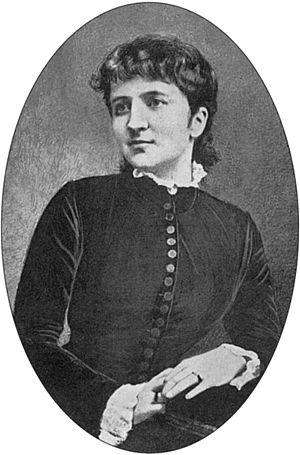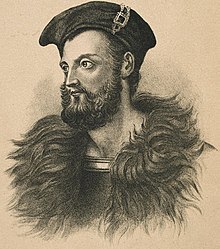30 November 1900: Oscar Wilde, aged 46, Irish wit, writer and homosexual, died in exile in Paris on this day. He was living there under the pseudonym Sebastian Melmoth. He had lived in Paris since his release from prison in 1897. Oscar was a native born Dubliner and the son of William Wilde and Jane Francesca Elgee, who were well known characters in their own right. His father was a Medical man and antiquarian and his mother an ardent Nationalist. Oscar Fingal O’Flahertie was born on October 16 1854 in the City of Dublin. He attended Portora Royal School at Enniskillen where he first showed promise as a writer. From there he attended Trinity College Dublin where he achieved a First in Classics. In 1874 he was awarded a Demyship scholarship to Magdalen College in Oxford.
While at Magdalen his examiners awarded him the Newdigate prize for his poem, “Ravenna,” and a First Class in both his “Mods” and “Greats”. After graduation, Oscar moved to London to live with his friend Frank Miles, a popular high society portrait painter. In 1881, he published his first collection of poetry. “Poems” received mixed reviews by critics, but it helped to move Oscar's writing career along. At the end of this year he set off on an extended Lecture Tour of the United States ostensibly on the subject of Aesthetics but as the tour unfolded Oscar himself became the real focus of interest. On his return after an absence of some 14 months he embarked on another such like expedition around Britain and Ireland so that by the time of its completion he was what in modern parlance might be described as a ‘celebrity’ figure.
His marriage in 1884 to Constance Lloyd and the birth of children meant that Oscar now had responsibilities. This stimulated his creative mind to create literary works that would maintain himself and his family in some comfort in the London of the late Victorian era. The next six years were to become the most creative period of his life. He published children's stories, The Happy Prince and Other Tales and The House of Pomegranates and his only novel, The Picture of Dorian Gray.
However it was his brilliant satirical plays that are his abiding legacy and Oscar’s first play, Lady Windermere's Fan, opened in February 1892. Its financial and critical success prompted him to continue to write for the theatre. His subsequent plays included A Woman of No Importance, An Ideal Husband and The Importance of Being Earnest. These plays were all highly acclaimed and firmly established Oscar as a playwright on the London scene.
But while at the height of his fame Oscar became infatuated with a younger man, Lord Alfred 'Bosie' Douglas, and the two became lovers. While not unknown a liaison of this nature was Illegal as the Law then stood and public exposure would ruin a man if convicted. The father of Oscar’s affections, the Marquis of Queensberry, took a dim view of this illicit relationship and publicly revealed the nature of the friendship. Oscar foolishly sued for libel in April 1895, withdrew the case but then was arrested and charged. The Trail was a sensation and scandalised London Society of the time. Oscar was found guilty and convicted of gross indecency. He was sentenced to two years Hard Labour which he served in Reading Gaol.
On release he wrote his last literary work ‘The Ballad of Reading Gaol’ but his career was at an end and he fled to Paris living incognito in a shabby series of hotels. His wife had abandoned him and taken the children to Switzerland and changed their surname to Holland. His spirit was shattered and his health declined. An ear infection set in and an operation to clear it was not a success. Broken and alone he passed away there a sad and lonely figure on this day 1900. He was eventually laid to rest in the City’s famous La Pére Lachaise Cemetery. His tomb is now a ‘must see’ site on any tour of this hallowed ground for those who value the wit, the wisdom and the humour of one of Ireland’s most talented but tragic sons.
No man is rich enough to buy back his past.
Oscar Wilde






